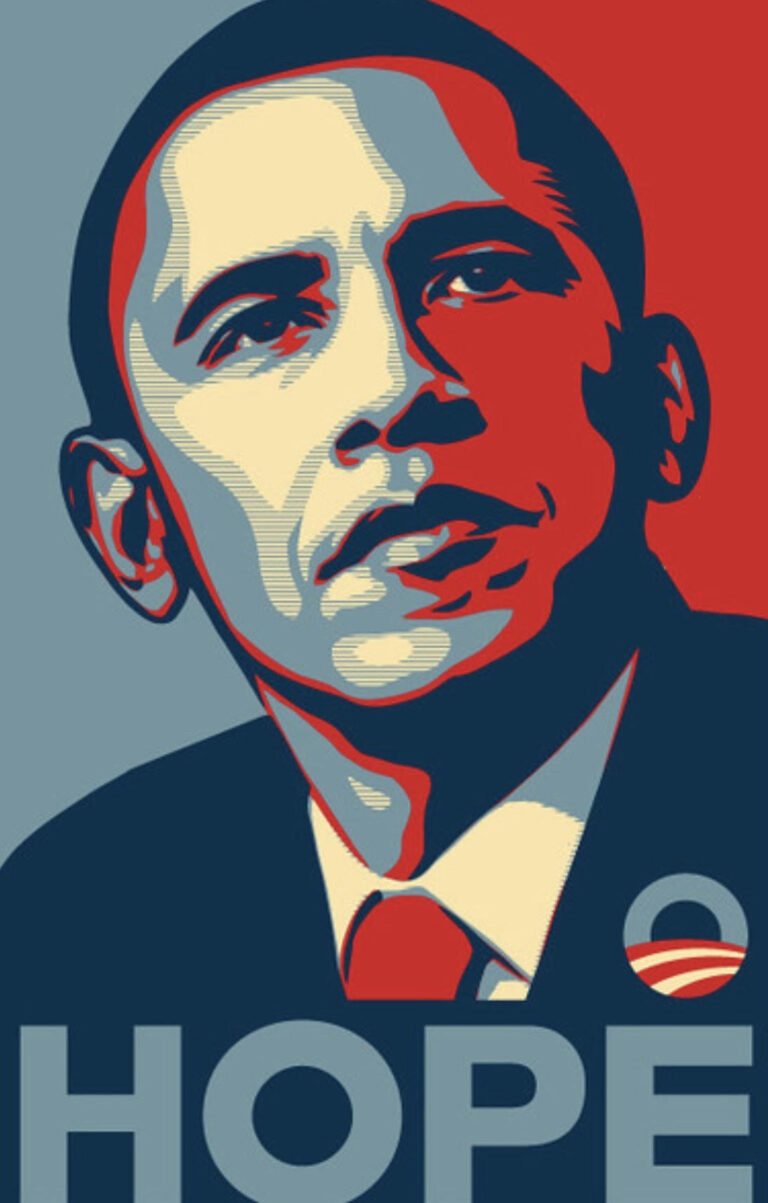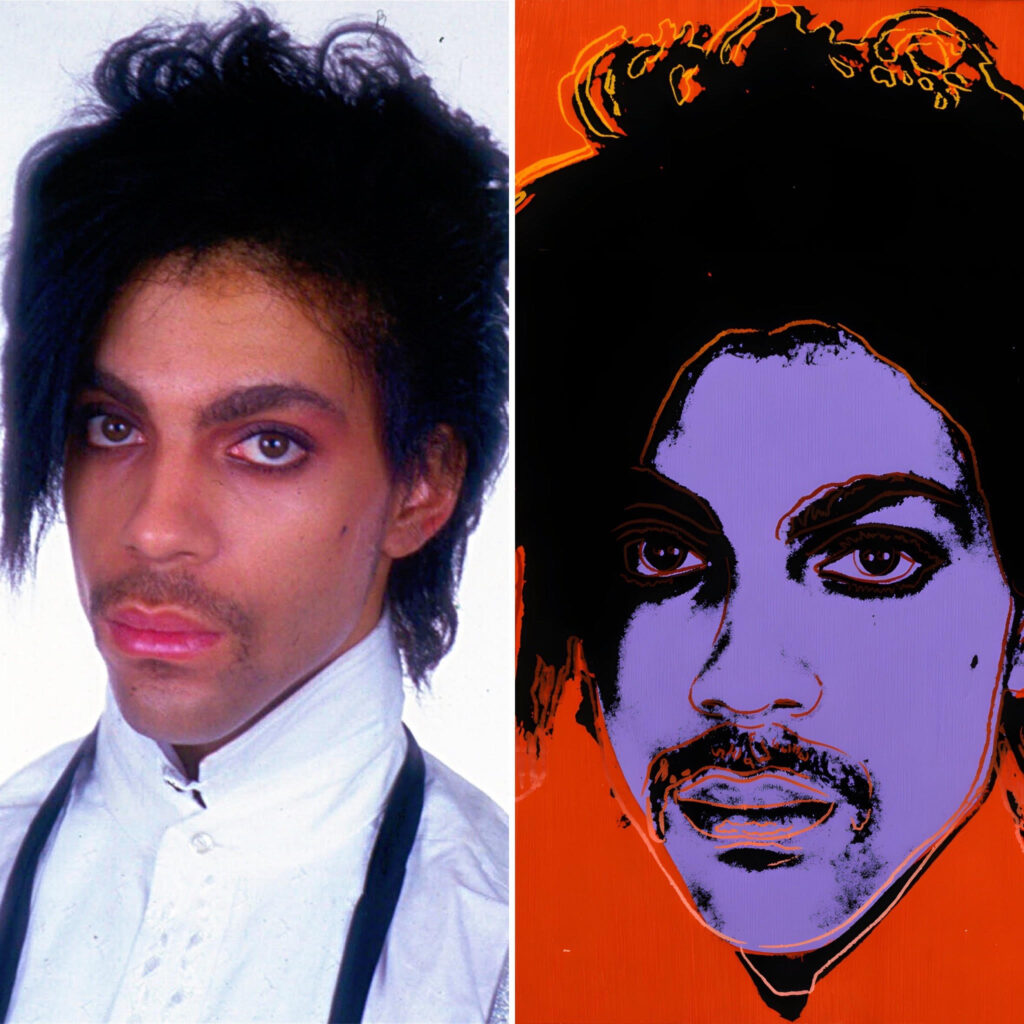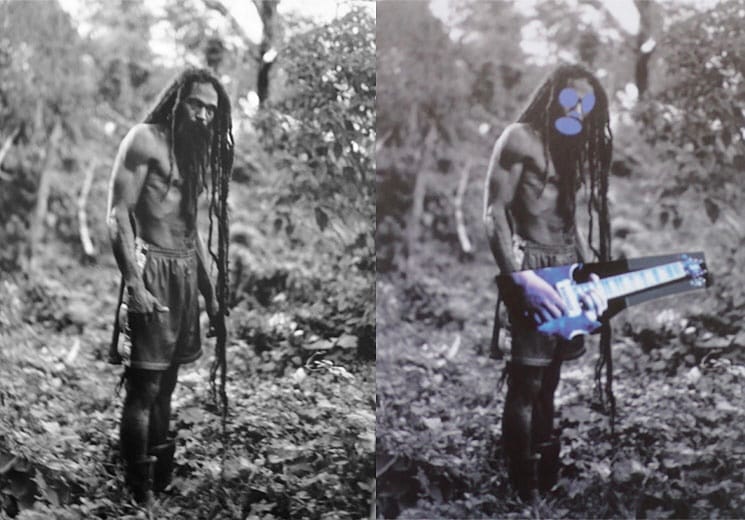Introduction to Copyright Infringement
In the art world, copyright infringement can be a contentious issue. Artists rely on copyright protection to safeguard their creative works and prevent unauthorized use or reproduction. However, there have been numerous cases throughout history where artists, both intentionally and unintentionally, have found themselves embroiled in copyright disputes. In this blog post, we will explore 10 famous copyright infringement cases in the art world and the impact they had on the artists involved.
1. Shepard Fairey vs. Associated Press (2009)

Shepard Fairey, a well-known street artist, filed a lawsuit against the Associated Press after they accused him of using one of their photographs without permission as the basis for his iconic “Hope” poster of Barack Obama during his presidential campaign. Fairey claimed that his use of the photograph fell under fair use, while the AP argued that he had violated their copyright and misled the public by creating a false impression that the AP had endorsed Obama’s candidacy.
Although the fair use case eventually settled out of court, Fairey pleaded guilty to criminal contempt. He admitted that he fabricated and destroyed evidence in the case, which led to a criminal investigation and a $25,000 fine.
2. Richard Prince vs. Patrick Cariou (2008-2013)

Copyright Infringement Case No 1 (2008)
Photographer Patrick Cariou sued artist Richard Prince for copyright infringement for using photos from Cariou’s book “Yes Rasta” in a series of Prince’s artworks without permission. Prince, like Fairey in Case No. 1, argued that his use of the photos fell under fair use. He had transformed them and used them in a new context.
Copyright Infringement Case No 2 (2011)
However, in 2011, a district court judge ruled in favor of Cariou, stating that only a small number of Prince’s works qualified as fair use and ordering that Prince’s artworks be destroyed or turned over to Cariou. Pretty extreme, right?
Copyright Infringement Case No 3 (2013)
But just wait, this case take another sharp turn when Prince appealed the decision and, in 2013, a federal appeals court ruled in his favor, stating that the use of the photos was transformative enough to be considered fair use. This unusual case, with all it’s twists and turns, set an important precedent for the use of copyrighted material in art and sparked a debate about the boundaries of fair use in contemporary art. What a whirlwind!
3. Jeff Koons vs. Art Rogers (1992)

In 1992, photographer Art Rogers sued artist Jeff Koons for copyright infringement over Koons’ use of one of Rogers’ photographs, “Puppies,” in a sculpture called “String of Puppies.” Koons argued that his use of the photograph was fair use and that he had transformed the image in a new and original way.
However, the court ruled in favor of Rogers, stating that Koons’ sculpture did not sufficiently transform the original photograph and that he had not sufficiently altered the image’s expressive content. The ruling set an important precedent for the use of copyrighted material in art and clarified the boundaries of fair use as it applies to appropriation art.
4. Lynn Goldsmith vs. Andy Warhol Foundation (2019)

A federal court ruled in favor of the Andy Warhol foundation in a case brought by photographer Lynn Goldsmith. Goldsmith claimed that Warhol’s famous “Prince Series” violated her copyright in a photograph she took of Prince in 1981. The court held that Warhol’s use of the photograph as a basis for his artworks was transformative and constituted fair use.
5. Richard Price vs. Instagram Users (2015)
In 2015, a famous copyright court case emerged between renowned photographer Richard Price and Instagram users. Price accused the users of violating his rights by using his images without permission without offering compensation. He claimed that they were making a profit from his work by sharing and reposting his photographs on their accounts.
The case gained attention due to its unique nature and the challenges it posed for social media platforms. The court ultimately ruled in favor of Price. It stated that Instagram users must obtain permission from photographers before reposting their images. This case highlighted the importance of respecting the intellectual property rights of artists and photographers on social media.

